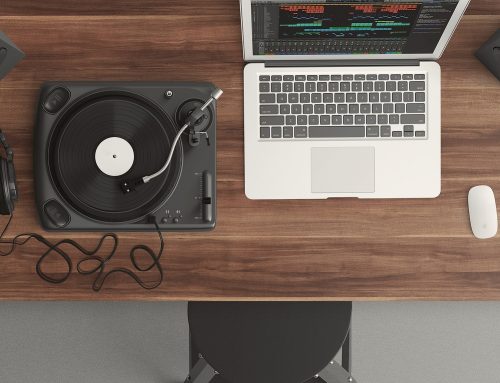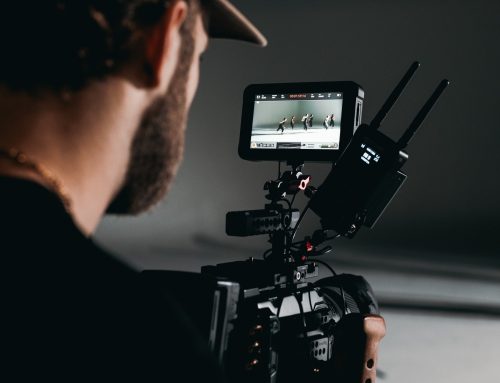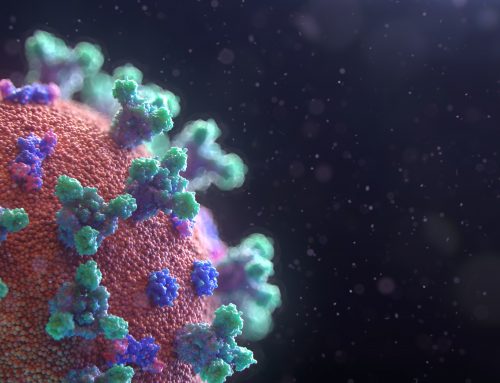As an industry, transcription is often built around a simple premise – take conversations and turn them into words. Countless groups of people use transcription in their everyday lives, but they help one group of people in a very fundamental, life-changing way – the deaf and hard of hearing.
You probably don’t appreciate how valuable audio input is to understanding the world and how it makes such a difference to someone’s life not to have it. We’re going to talk about it and help you to understand. After all, it is key to why transcription is so helpful.
Transcription – A World of Difference
When it comes to the deaf community, the lack of audio input they can receive can change the way that they look at the world. You can’t understand how different things might be unless you are hard of hearing.
Speech and common phrasing for words will be lost to deaf people. They’ll never hear someone pronounce a word, or communicate. They may struggle to understand how sentences fit together and it makes life a lot harder for them. After all, communication can be a challenge if you don’t know how your words are sounding to others and you can’t identify the tone. It also means they will find themselves locked out of receiving certain information, or being able to replay conversations in their head to contemplate something.
How Transcription Helps
The running theme with transcription is the same for disabled people as it is for lots of folks – helping them to better understand and interact with the world around them. Accessibility is something which we can’t ever underestimate or try to downplay the importance of – being able to look at the world in a similar way to everyone else can make the world of difference for some people.
A few good examples are things like interview transcriptions or meeting transcription services. Imagine if someone could get real-time updates about a situation. That would really help their ability to look at the world and give them the confidence to answer questions or contribute to a situation. Well, someone who can hear normally would get those real-time updates; that’s the whole point we’re trying to make. They will hear the stimulus and respond, but someone who can’t hear may struggle.
Transcription helps to remove these barriers and give disabled folks something they can use to understand the world around them. They can better understand a situation and make more accurate responses.
Accessibility and Equality
Transcription exists for the sake of helping people to look at the world around them in a positive way and give them the tools they need to thrive. It’s not always easy for someone who has a hearing problem to interact confidently with the world. Giving them transcriptions of things can make a massive difference to how they respond. EQ Transcription is here to help with this, offering the support necessary to change the way hard of hearing people look at the world.






